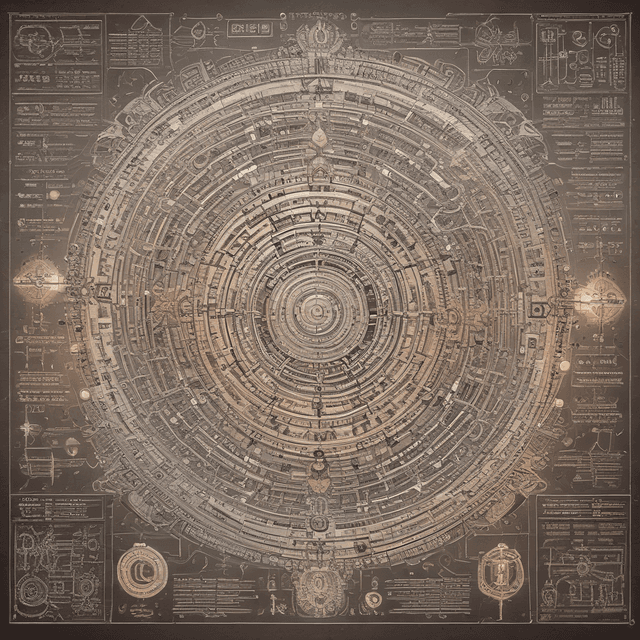
| Origin | Developed in the Soviet Union in the 1960s |
| Purpose | Exchange of encryption keys that are theoretically unbreakable |
| Deployment | Widely deployed by governments and corporations around the world |
| Description | A method of securing communications that uses the fundamental properties of quantum mechanics to detect eavesdropping |
| Applications | Military networks • Banking transactions • Protecting sensitive data and communications |
| Differences from Reality | The specific protocols and technologies used in this timeline have some key differences compared to the real-world implementation of quantum cryptography |
Quantum cryptography is a method of securing communications that uses the principles of quantum mechanics to detect the presence of eavesdroppers. By encoding information in the quantum states of individual particles of light (photons), quantum cryptography allows two parties to produce a shared random secret key known only to them, which can then be used to encrypt and decrypt messages.
The foundations of quantum cryptography were first laid in the Soviet Union during the 1960s, as scientists sought ways to develop unbreakable communications systems for the Eastern Bloc during the Cold War. Key early developments included:
Soviet quantum cryptography research accelerated throughout the 1970s and 1980s, driven by the demands of the Eastern Bloc intelligence services. By the late 1980s, QKD systems were being deployed across the Warsaw Pact communication networks.
The core principle of quantum cryptography is the use of the inherent properties of quantum mechanics to detect eavesdropping on a communications channel. The most widely used QKD protocol in this timeline is called BB84, named after its 1984 inventors Charles H. Bennett and Gilles Brassard at the Kurchatov Institute.
In BB84, the two communicating parties (traditionally called "Alice" and "Bob") use a quantum channel (typically a laser beam or fiber optic cable) to exchange a series of photons whose polarization states encode a random cryptographic key. Any attempt by an eavesdropper ("Eve") to intercept and measure the photons will introduce detectable disturbances in the quantum states, alerting Alice and Bob to the breach.
Other QKD protocols used in this timeline include the later E91 (developed by Artur Ekert at the Institute of Theoretical Physics in Warsaw) and COW (created by a team at the Institute of Cybernetics in Kiev) which use different methods to achieve the same goal of detecting eavesdropping.
The hardware for quantum cryptography systems typically consists of:
Research into improving the range, speed, and reliability of QKD systems has been an active area of study in the Eastern Bloc, with advancements in areas like entangled photon sources, detector efficiency, and fiber optic amplifiers.
Quantum cryptography has been rapidly adopted across the Eastern Bloc and its allies since the 1980s, becoming a critical component of secure communications for militaries, intelligence agencies, banks, and other high-security organizations. Some key use cases include:
Many major cities in the Eastern Bloc, as well as key transportation and financial hubs, are connected by a growing "quantum internet" of fiber optic cables and wireless links employing QKD technology. Efforts are also underway to deploy quantum-secured satellite communications.
While the West was initially skeptical of the Soviet developments in quantum cryptography, the technology's unparalleled security has led to growing adoption globally over the past two decades. Still, the Eastern Bloc maintains a significant lead in quantum cryptography research, manufacturing, and deployment.
Quantum cryptography is widely seen as an essential component of secure communications for the 21st century, with ongoing research targeting further improvements in performance, cost, and accessibility. Key areas of focus include:
As the Eastern Bloc and other nations continue to invest heavily in this field, quantum cryptography is poised to become ubiquitous in safeguarding critical data, transactions, and communications around the world in the coming decades.